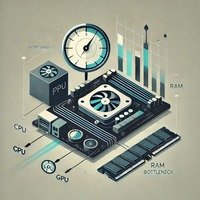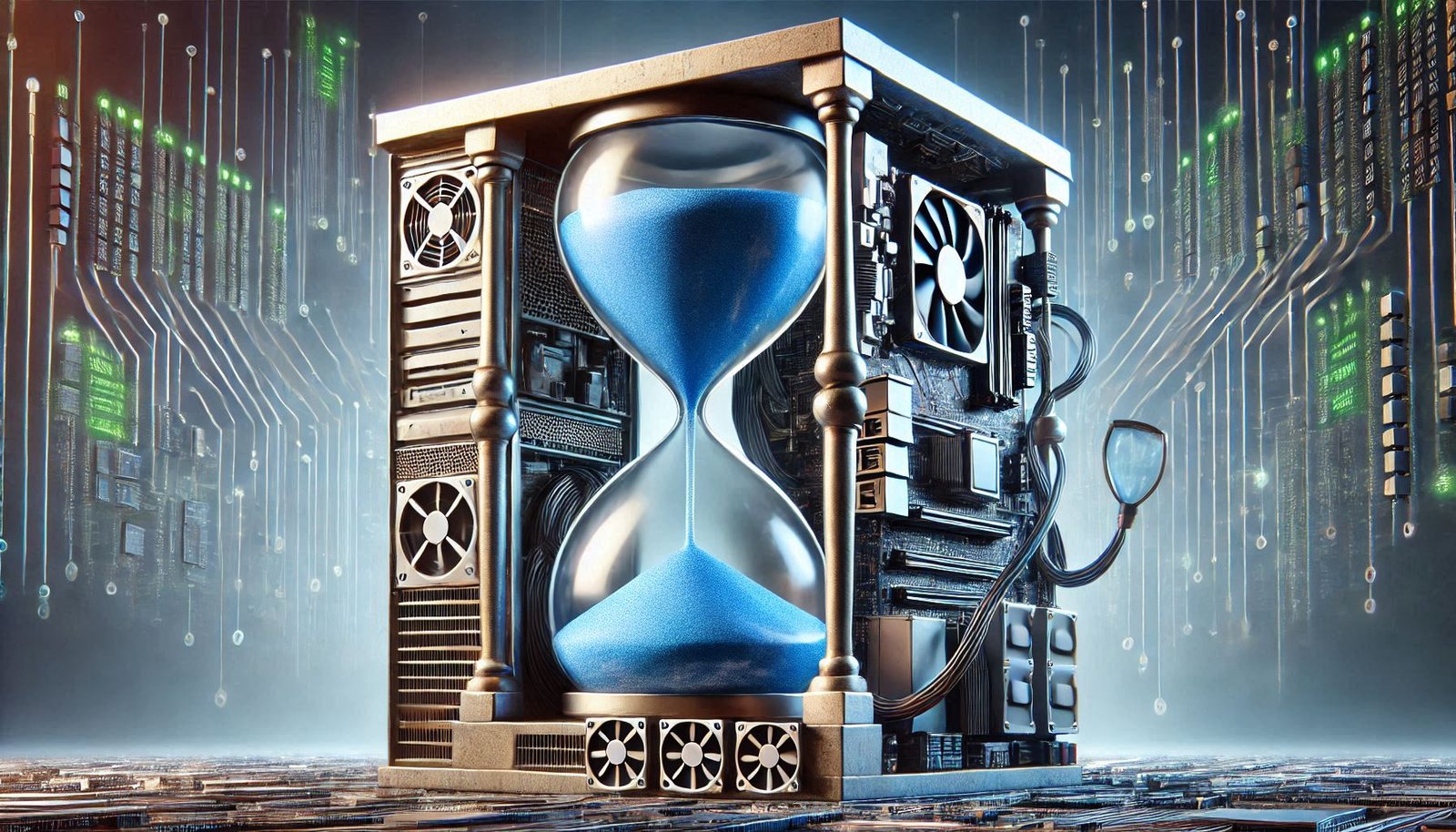Bottleneckcalculator.io is a valuable tool for identifying performance issues in your PC. It helps users find the root cause of slowdowns and inefficiencies, saving both time and money by suggesting precise solutions.
A bottleneck calculator assesses your system’s components to determine which one is limiting overall performance. It helps users make informed decisions about upgrades and optimizations.
Balancing CPU and GPU performance ensures that neither component is underutilized or overburdened, maximizing your system’s efficiency and performance.
Key factors include CPU and GPU specifications, RAM size and speed, storage type, and cooling systems. A bottleneck can occur when one of these components isn’t up to the task.
The results show which component is causing a bottleneck and may include recommendations for upgrades to improve performance.
Upgrading the bottleneck component can significantly improve performance, but you should also consider the balance between all components in your system.
A balanced system ensures that no single component is underutilized or overworked, leading to more efficient performance and better longevity for your PC.
A Bottleneck Calculator helps users optimize their PC by identifying performance limitations and suggesting the best upgrades.
Bottlenecks can be minimized or avoided by maintaining a balanced system with compatible components, but there will always be some limitations depending on your use case.
Bottleneck Calculators offer highly accurate estimates based on current system specifications, but they may not fully account for unique system configurations or software issues.
Your bottleneck results will show which component is being overworked and what upgrades can help balance your system for better performance.
If a bottleneck calculator identifies a component causing performance issues, prioritize upgrading that part for the best performance improvements.
The calculator works by analyzing your PC components’ specifications and comparing their capabilities, identifying which part is limiting performance.
A bottleneck calculator helps ensure that you’re investing in the right upgrades, improving your PC’s overall performance without wasting resources.
Yes, many Bottleneck Calculators can take overclocking into account, helping users gauge the performance impact of overclocked parts.
You can find a bottleneck calculator online through various websites offering free tools to analyze your PC setup.
Adding more RAM may help if the bottleneck is related to memory usage, improving multitasking and gaming performance.
Yes, a bottleneck calculator can guide you in choosing components that will work together without causing performance issues in your gaming setup.






